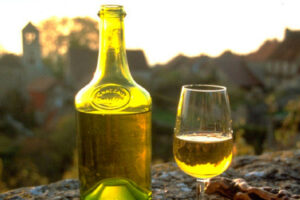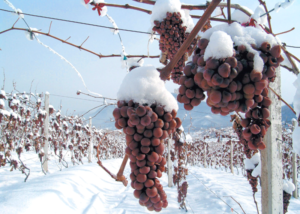
For almost a year, our daily rhythms has undergone substantial changes. Some people find themselves having more “free” time, some others less. In this month of January, full of expectations and good resolutions for the new year, but also already tired of the winter ahead, the moments in which we find ourselves at home, sitting on an armchair, perhaps next to fireplace, have increased. Then why not taking a glass of wine to allow our thoughts to free themselves?! Socrates and Plato already exalted its meditative power. Plato entitled his work Symposium (Sun-posion: etymologically ‘drinking together’) and then: “And we had not also said that in such circumstances the souls of drinkers melt like iron and therefore become more malleable … to reflection …” (Plato, Laws, 671 BC).
This is why the time has come to tell you about some “meditation wine”. This term was used for the first time by Luigi Veronelli in the 1970s to indicate wines that, due to their structure and complexity, are “soloists”, that is, they give their best when drunk alone.
We are therefore talking about sweet wines to enjoy at the end of a meal, but also about great wines aged for a long time, wines with film-forming maturation, ice wines, long-aged fortified wines, wines that do not need to be matched, wines that express their essence in attentive listening to their notes.
Everyone can find their own interpretation. The objective fact remains that these wines have a lot to tell. As much as the time of the grapes left to dry or the long maturation on racks, the right way to taste them is in total relaxation, perhaps after dinner with some background music. Are you ready? Remember you will need time …
Time to devote yourself to your thoughts, or not to think at all.
Time to relax, leaving the world and worries outside the door.
Time to love and treat yourself.
Not being able to tell you in detail all the wines that could inspire deep meditations, we have selected 2, one from France and the other from ice.
Vin Jaune is a specific dry white wine from the Jura, obtained from a single vine, the Savagnin, aged under a veil of yeast (FLOR). At the end of the aging period which lasts 6 years and 3 months, the vin jaune is bottled in a specially shaped bottle, with a capacity of 62 cl, reserved exclusively for vin jaune called: “Clavelin”. The 62 cl capacity corresponds to the volume of wine remaining after 6 years of aging of 1 liter of wine in barrels without topping up.
Golden yellow and with a very particular scent of “goût de jaune” (the taste of yellow). The “goût de jaune” is a combination of aromatic notes of dried fruit, apple, candied fruit and spices. It is a very rich wine, very powerful with a long persistence in the mouth. It is considered the wine with the longest PAI (Intense Aromatic Persistence) ever. These are wines with a very long aging potential (over 100 years).

Vin de Glace / Eiswein / Ice Wine is a kind of prodigy of nature. Intensely sweet, with explosive aromas and fruit flavors, it is a rare product because it is not easy to make.
It is mainly produced in Canada, where it takes the name of Ice Wine, in Germany and Austria, where it is known by the term Eiswein: these are countries and regions where temperatures are cold enough for the grapes to freeze quickly. The ideal temperature: between -7 ° C and -10 ° C. The harvest of frozen grapes is done by hand: the bunches must be intact at the time of pressing, the ice must not melt. It is therefore often necessary to harvest at night, when temperatures are the lowest.
White or red, it is a wine that stands out for its high sugar content. The second characteristic is the intensely fruity flavor where the primary aromas of the grapes stand out, with aromatic palettes ranging from fresh fruit (apple, citrus, apricot, grape, peach, pineapple …) to dried fruit and fruit jams (raisins, dried apricots, caramel, fig.). The aromas then obviously depend on the grape variety used (Vidal / Canada, Riesling / Germany, Grüner Veltliner / Austria). The third characteristic is acidity, the refreshing and spicy side of iced wines. This acidity comes from grapes in the same way as sugar: when grapes lose their water by freezing, the concentration of sugar and acids increases proportionally.

With the hope of having whetted your imagination, we give you an appointment for the next article, leaving you pleasantly absorbed in meditation wine tasting.
